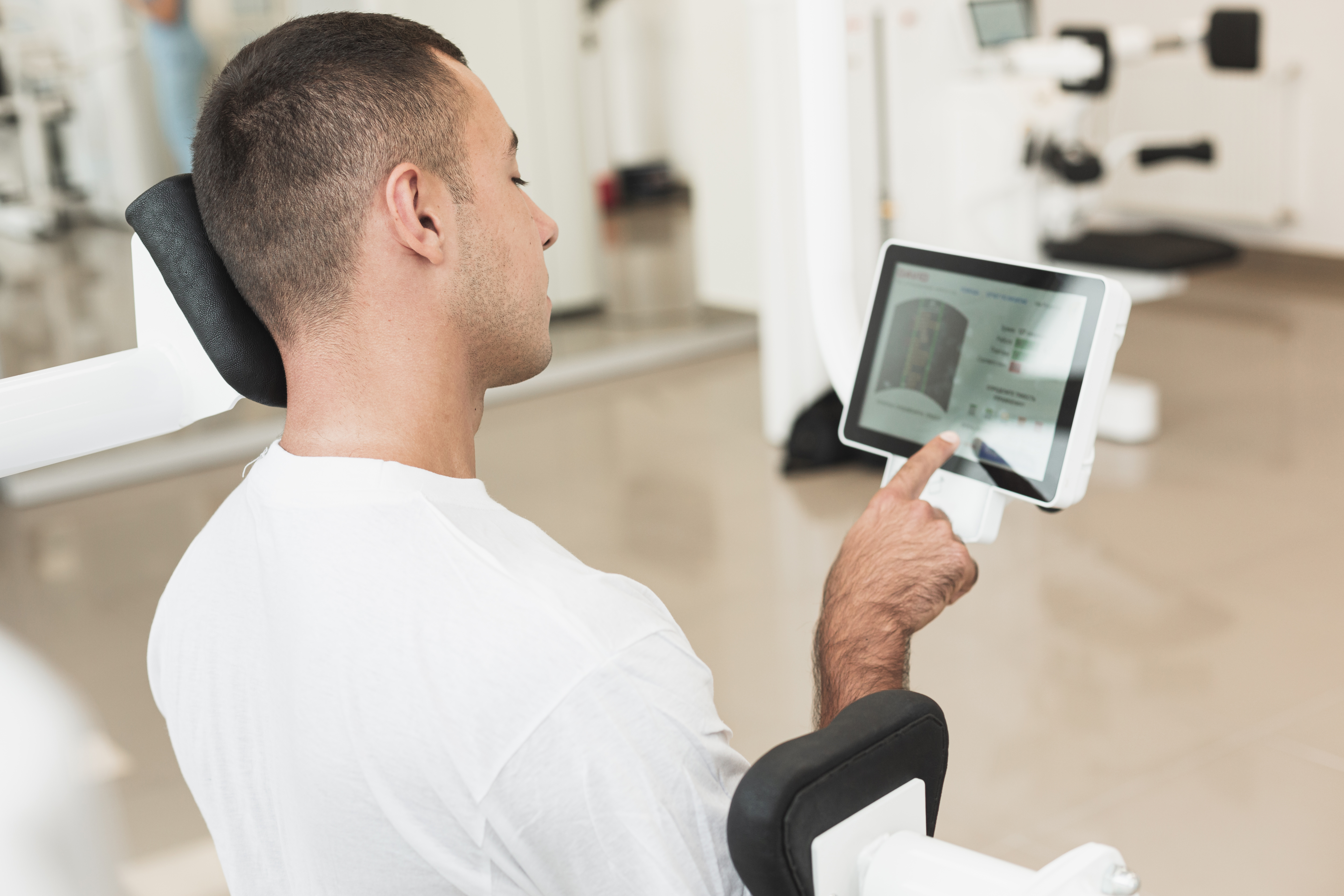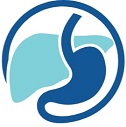Emergency Cases
+91 99686 35204
Opening Hours
Monday to Saturday
09:00 am – 10.00 pm
Sunday
09:00 am – 5:00 pm
Fibroscan Service For You
Fibroscan is a non-invasive medical procedure that measures the stiffness of the liver. The test is used to diagnose liver fibrosis and cirrhosis, which are conditions where the liver becomes scarred and damaged. Fibroscan is a quick and painless procedure that is usually performed in a doctor’s office or hospital.
How Fibroscan Works
During a Fibroscan procedure, the patient lies on their back with their right arm raised above their head. The technician applies a gel to the skin over the liver and then places a small device called a transducer on the skin. The transducer sends a pulse of energy through the liver, and the device measures how quickly the pulse travels through the liver. This measurement is used to determine the stiffness of the liver, which can indicate the degree of fibrosis or cirrhosis.
Interpreting Fibroscan Results
The results of a Fibroscan are typically given as a score, called a Fibroscan score or liver stiffness measurement (LSM). The score ranges from 2.5 to 75 kilopascals (kPa), with higher scores indicating more severe liver damage.
A score of 2.5 to 7 kPa is considered normal, while a score of 7 to 9.5 kPa indicates mild liver fibrosis. A score of 9.5 to 12.5 kPa indicates moderate fibrosis, and a score of 12.5 to 25 kPa indicates severe fibrosis or early cirrhosis. A score of 25 kPa or higher indicates advanced cirrhosis.
Fibroscan is just one of many tests used to diagnose liver fibrosis and cirrhosis. Other tests may include blood tests, imaging tests, and liver biopsy.
Benefits of Fibroscan
Fibroscan is a non-invasive and painless alternative to liver biopsy, which is the gold standard for diagnosing liver fibrosis and cirrhosis. Liver biopsy involves inserting a needle into the liver to remove a small tissue sample for analysis. While liver biopsy is a highly accurate test, it can be uncomfortable and carries a small risk of complications.
Fibroscan is also quicker than liver biopsy, typically taking only a few minutes to perform. In contrast, liver biopsy can take up to an hour and requires a recovery period afterward.
Limitations of Fibroscan
While Fibroscan is a valuable diagnostic tool for liver fibrosis and cirrhosis, it does have some limitations. For example, Fibroscan may not be suitable for people who are very overweight or have a lot of abdominal fat. In these cases, the device may not be able to reach the liver, or the results may be inaccurate.
Fibroscan may also be less accurate in people with acute liver inflammation, such as those with hepatitis B or C. In these cases, the inflammation can affect the stiffness of the liver and may lead to a false positive or false negative result.
Finally, Fibroscan is not suitable for diagnosing liver cancer. While liver stiffness can indicate the presence of fibrosis or cirrhosis, it is not a reliable indicator of liver cancer.
Conclusion
Fibroscan is a valuable diagnostic tool for liver fibrosis and cirrhosis. It is a non-invasive and painless alternative to liver biopsy, and it provides quick and accurate results. While Fibroscan has some limitations, it is generally considered a safe and effective test for diagnosing liver disease. If you are experiencing symptoms of liver disease or have risk factors for liver fibrosis or cirrhosis, talk to your doctor about whether Fibroscan is right for you.


